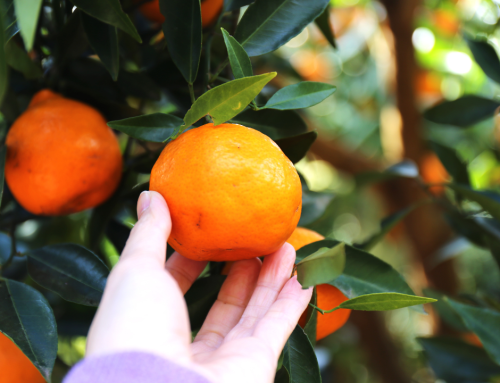Fruit fly overview
- Queensland Fruit Fly (QFF) that survived winter will cause serious outbreaks next season if not controlled
- Significant autumn/winter rainfall will see winter survival of QFF in warm locations near houses and packing sheds on rural properties
- Orchard hygiene is essential:
-
Remove and use or destroy nearby fruit left on trees
-
Pick up and destroy fruit on the ground
-
Remove fruiting plants no longer needed
-
Use fruit fly traps to assess if and when QFF are present
-
Check fruit near your orchard for sting marks on fruit surface, soft patches in fruit flesh, eggs and or larvae in fruit
-
August activity
QFF will soon wake after their winter down-time as the weather becomes warm enough for them to fly and mate. These adult flies will look for carbohydrates to increase energy and protein for sexual maturity. Having used their reserves to survive winter, they need to re-energise.
Flower nectar provides carbohydrates, while protein can be found in yeasts, fungi and bacteria growing on branches.
Time for action
Fruit fly traps are ideal to determine if QFF is present. It is recommended that traps are deployed all year round. Traps should be moved out of deciduous orchards in the winter to warmer areas and locations with evergreen plants, as this is where QFF will take refuge over winter. The placement of female traps is recommended in evergreen plants (lemon tree) situated near the house, packing shed or other relatively warm positions.
Baits are the best method for controlling QFF before populations increase and should be used if fruit fly is detected in traps or infested fruit found. In the case of significant QFF increases pesticide cover sprays may be needed. Staff from your produce store can assist in making the best decision on pesticide use. Ensure the pesticide selected has APVMA approvals on the labelling and follow the label carefully.
Weather and its impact
Predictions of average August rainfall and higher minimum and maximum temperatures will make it harder for QFF survival. Fruiting plants on road-sides or abandoned orchards may produce very good fruit set and be the cause of a large population of new-generation QFF in late spring and summer if control measures are not undertaken




